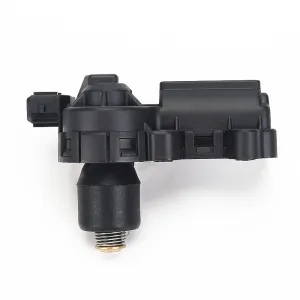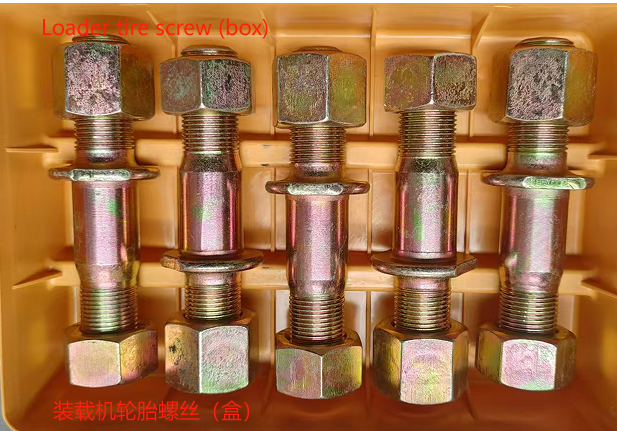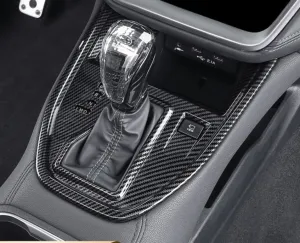Q
where are gm vehicles made
I'm a seasoned industrial engineer with a keen interest in machine learning. Here to share insights on latest industry trends.
General Motors has a global presence. with manufacturing facilities in various countries. In the USA. GM operates plants in Michigan. Missouri. Ohio. Indiana. Kentucky. Texas and Tennessee. In Canada. production takes place in Ontario. Mexico also houses GM's manufacturing plants in San Luis Potosi. Ramos Arizpe. Silao and Toluca. China is home to GM's plants in Shanghai and other areas. South Korea is where General Motors Korea GM has production facilities located in Bupyung District. Changwon City and Gunsan City. In Europe. GM used to own Opel and Vauxhall brands with factories on the continent before selling them to Peugeot Citroen Group in July 2017. Australia was once home to Holden brand vehicles by GM until production halted in August 2017. South America also boasts of GM's presence with plants in Brazil and Argentina. GM also maintains manufacturing facilities in many other countries worldwide according to their strategy for producing different models at various locations.
You May Like
In technical and everyday contexts, "motor" and "engine" are often used interchangeably, but they have distinct meanings. An engine is a specific type of motor that converts fuel (e.g., gasoline, diesel) into mechanical energy. Motors, broadly speaking, convert any form of energy, including electrical, into mechanical energy. Therefore, while all engines are motors, not all motors are engines. For example, electric vehicles use electric motors, which do not qualify as engines by the strict definition since they don't run on fuel. The distinction is crucial in technical fields like automotive and mechanical engineering, where precision in terminology reflects the specific type of power conversion and source involved.
Most often, yes. A 2.0 liter engine often has four cylinders, although it is not a strict rule. There are 2.0 liter engines with different numbers of cylinders, but the vast majority of 2.0L engine cars on the market currently use a 4-cylinder configuration. This is due to the balance in performance, fuel economy, and cost.
To clean a carburetor on a small engine, first ensure the engine is cool and detached from its power source. Remove the carburetor, noting the configuration for reassembly. Disassemble it, keeping track of all parts. Use carburetor cleaner to spray all components, focusing on jets and passages. Stubborn deposits may necessitate a soft brush but avoid damaging sensitive parts. Rinse with cleaner and allow to dry completely. Reassemble carefully, replacing any worn gaskets or o-rings to prevent air leaks. Finally, reattach the carburetor to the engine, ensuring a snug fit. This process improves engine performance by ensuring a proper fuel-air mixture, essential for smooth operation. Always consult the engine's manual for specific instructions and safety precautions.
You May Like
Q&A
- •how to adjust small engine carburetor
- •how to set timing on an engine
- •how to turn off failsafe engine mode
- •how to cool engine fast
- •michelin tyres vs continental
Popular Information













